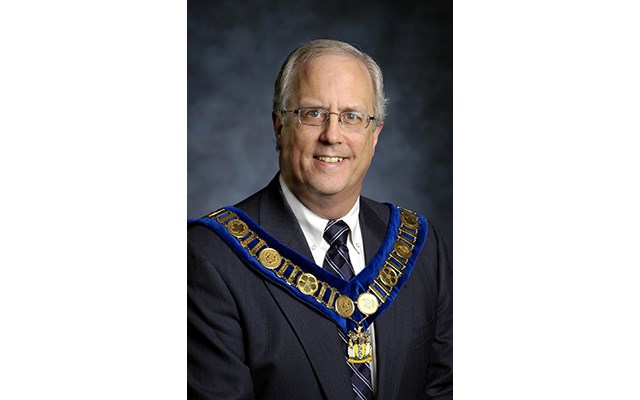Richmond city council has decided to take a step back from it’s “Vote Anywhere” campaign of 2011, which was aimed at increasing voter turnout.
This November, you will not be able to vote at any voting station or at shopping malls, as was the case in the last municipal election.
Richmond residents must now vote at their one, designated neighbourhood voting station, as they did in 2008.
The decision follows a one-election trial that saw at-large voting, including some stations set up in high-traffic areas such as shopping malls and community centres.
In 2011, an average of 41 per cent of all voters chose to vote in a place other than their designated neighbourhood. Nearly 10 per cent of all votes were done at a shopping mall (Lansdowne or Aberdeen).
The change was intended to increase voter turnout in the city, which is among the lowest in the province.
However, that didn’t happen by any significant measure. Only a “modest increase” was observed as 23.74 per cent of residents voted in 2011 as opposed to 22.1 per cent in 2008, according to a city staff report to council.
In 2014, at-large voting will take place in all of the other major Metro Vancouver municipalities, including Vancouver, Surrey, Burnaby and Coquitlam.
Council voted 6-3 in favour of going back to the old model at a savings of about $93,000. Mayor Malcolm Brodie and councillors Chak Au and Linda Barnes opposed the shift.
“The fact we are seeing other cities using this model, there’s no reason to go backwards,” said Au.
“It’s not a whole lot of money. We have money in a contingency fund. It’s not a prohibitive cost. That (2011) was the first time we tried it and at least the sliding trend (of voter turnout) stopped. I think we should give it one more trial,” added Au.
Brodie echoed Au’s thoughts in saying a one-time trial did not provide a “fair comparison” of the two models.
Both Au and Brodie told the News a hybrid model would have been their preferred option. That would have eliminated voting at shopping malls but left all stations open to any resident. Such a plan would have cost an additional $53,000, according to the report.
The report noted in 2011 there were several challenges to voting at a mall, such as security and political signs being placed near the voting booths, which contravenes the elections act.
Council did approve some measures to help turnout, such as a voter’s guide of candidates to be mailed to every household, additional advertising, more advanced voting stations, and social media tools to help voters, including the possibility of a mobile application.
City staff will also be looking at voting boundaries to potentially even out ones with high or low volumes of voters. Ones with higher volumes will be managed by increasing election staff.
In 2011, Richmond had 131,082 registered voters. In total, 31,126 votes were cast.
Vancouver saw a 35 per cent voter turnout while Surrey had a 25 per cent rate.
Both Burnaby and Coquitlam had slightly lower turnouts than Richmond. Turnout is typically higher in smaller communities. in B.C.
@WestcoastWood



